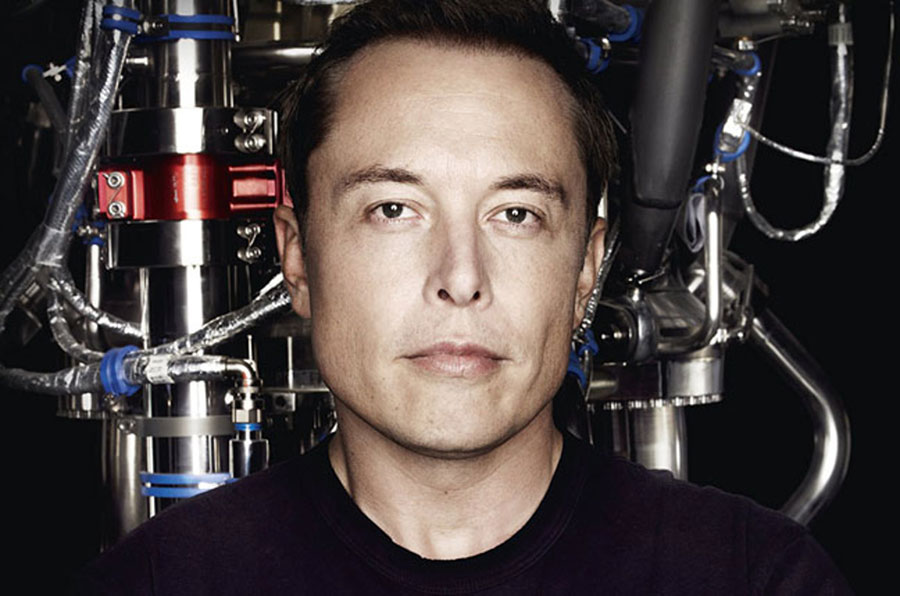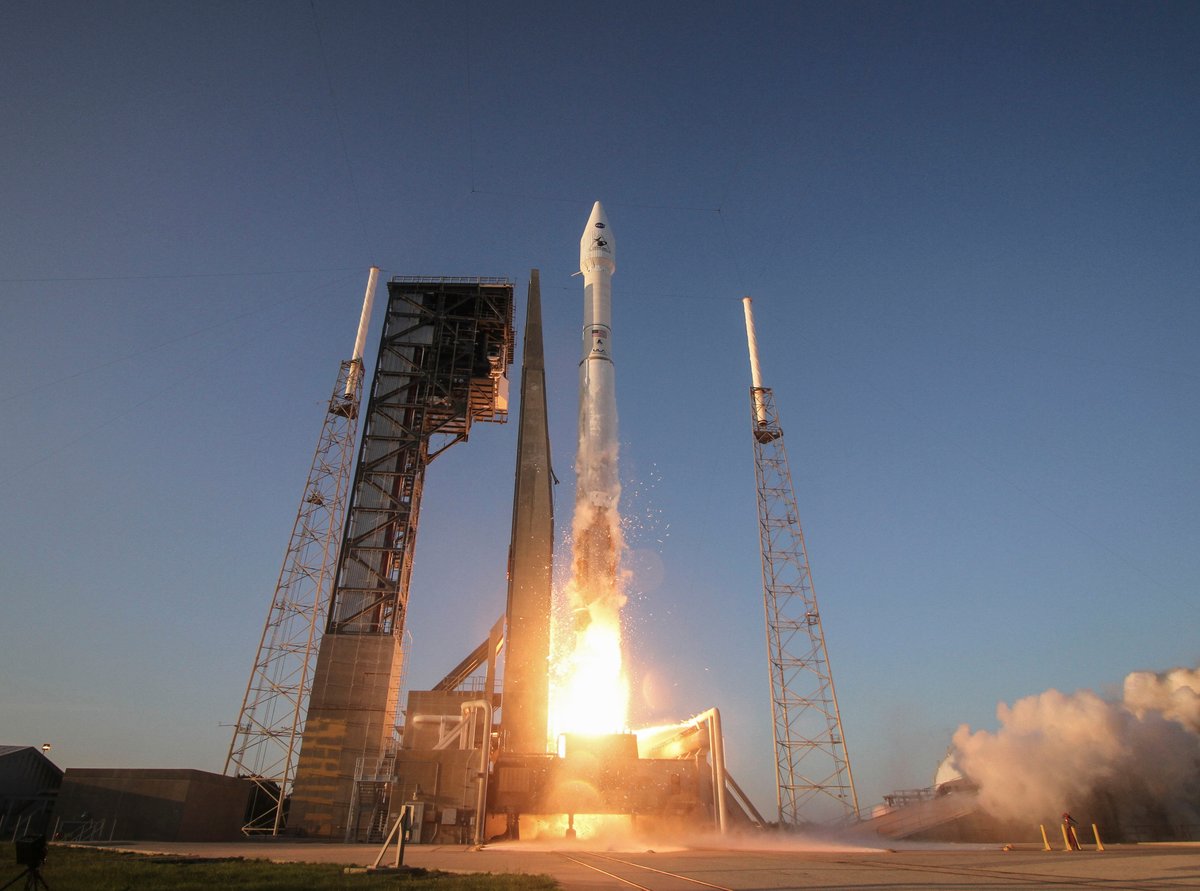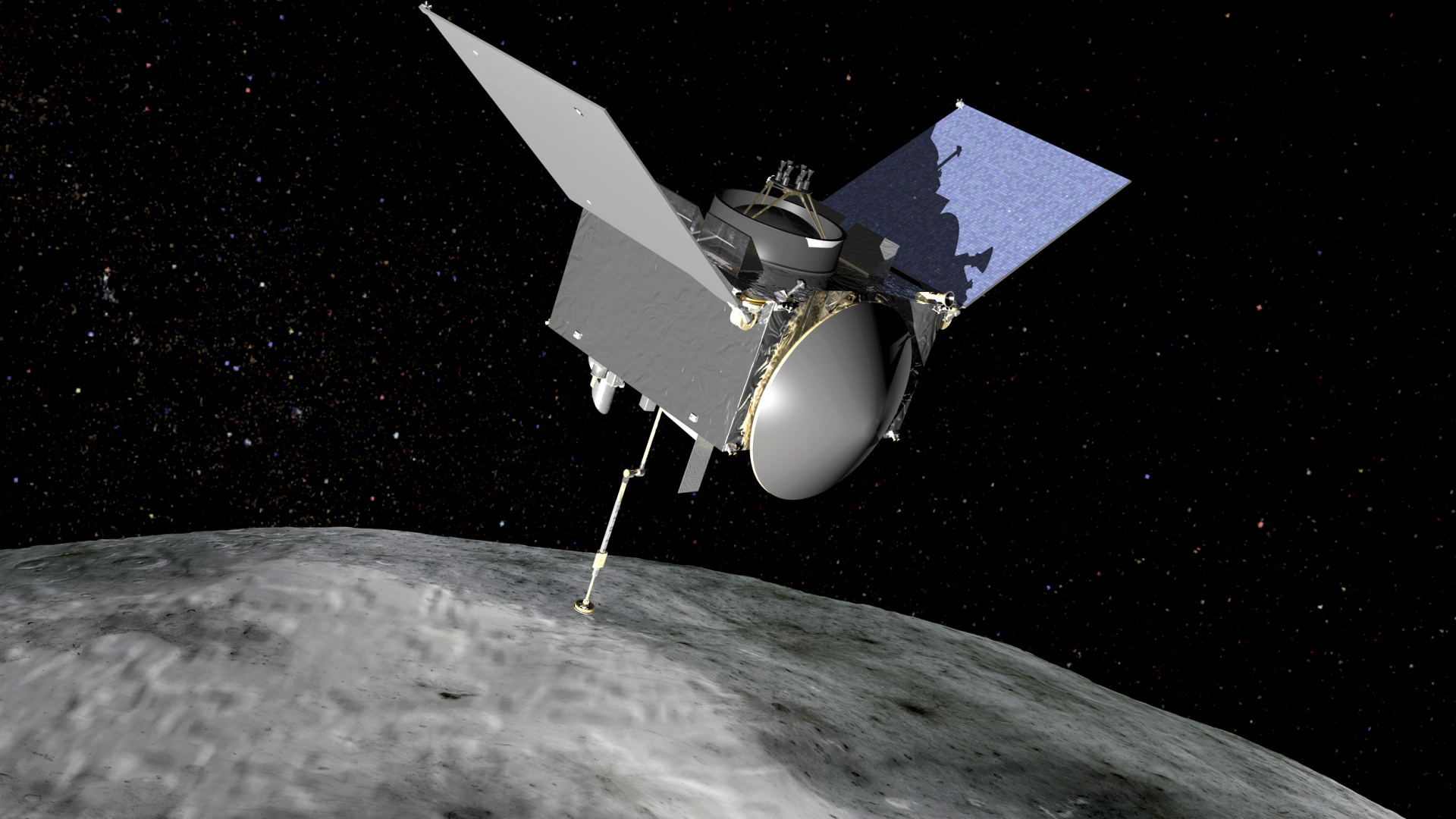NASA successfully launched its OSIRIS-REx spacecraft on Thursday using a single solid rocket booster, while Elon Musk investigates the Falcon 9’s explosion that occurred on September 1 at Cape Canaveral.
The incident destroyed the Falcon 9 rocket alongside a $200-million communications satellite to be used by Facebook to provide internet access to Africa. On the other hand, NASA’s OSIRIS-REx was launched from Cape Canaveral towards Bennu. The latter is one of the few asteroids classified as Near-Earth Objects (NEOs) ideal for landing a spacecraft to collect samples. No one was hurt at Cape Canaveral when Musk’s Falcon 9 rocket exploded in what he calls “the most difficult and complex failure ever had in 14 years.”

An obstacle for Elon Musk’s plans for space travel
NASA started to rely on SpaceX for developing sustainable space travel while they focus on scientific research. A rocket exploding is a catastrophic incident, but luckily, because there were no victims Musk has time to sit back and investigate the implications of trying to push the idea of reusable rockets too promptly.

Space equipment is worth millions of dollars and astronauts are renowned scientists that are given the task of pushing humanity’s boundaries by performing scientific works outside the Earth’s atmosphere. Losing assets like these because of spacecraft malfunctions is something that NASA nor SpaceX wants to see happen again anytime soon.
Musk was perplexed by the accident and remained silent after commenting on the incident on Twitter. Afterward, he went to the public and asked for support. He reached out to NASA, to the Federal Aviation Administration, and to the Air Force Personnel Accountability and Assessment System to try and find the cause of the problem. So far, Musk suggests that there was a “quieter bang” before the fire engulfed the Falcon 9 rocket.
Although many may argue that Elon Musk “needs help,” he is an entrepreneur that always looks at the bigger picture and the larger objectives. It appears that Musk is not afraid of reaching out to the public and to several government entities to find the cause of the problem. Sustainable space travel is in both NASA and SpaceX’s primary interests.
“We are continuing to thoroughly investigate last week’s loss of Falcon 9, with support from the FAA, NASA, the U.S. Air Force and industry experts. Our priority is to safely and reliably return to flight,” wrote SpaceX spokesman Dex Torricke-Barton through an email statement.
OSIRIS-REx and SpaceX: The epitome of sustainable space travel
Musk has repeatedly explained that sustainable space travel will be the key to humans being able to transcend Earth’s limitations, as it appears that its resources are indeed perishable and the human contributions to global warming may be a long way from being halted.
NASA is relying on SpaceX to develop space travel while they focus on investigating space for diverse scientific purposes. OSIRIS-REx’s launch is the latest in NASA projects able to return to Earth after completing its mission.

Bennu, the target for OSIRIS-REx’s mission, is one of the over 7,000 known Near-Earth Objects (NEOs), among which only 192 have a stable orbit to land a spacecraft on them. If an asteroid is too small it will spin rapidly and eject all material from its surface. The target NEO must have a diameter larger than 200 meters and an optimal orbit to perform a safe return to Earth.
Bennu is one of the few candidates that has a known composition containing carbon. The most ancient asteroids, formed 4 billion years ago, are the ones that contain carbon. These asteroids may contain organic molecules and amino acids that could provide clues about the origin of life on Earth.
OSIRIS-REx aims to return to Earth, a goal that SpaceX seeks to achieve in every space flight launched from Earth. First, OSIRIS-REx will arrive at Bennu near August 2018. As the spacecraft approaches the asteroid, it will activate its rocket thrusters to match the asteroid’s speed and to meet with it at a specific location.
Bennu’s orbital speed is about 63,000 mph. OSIRIS-REx will have to accelerate and brake continuously to achieve a safe speed for landing. Bennu and OSIRIS-REx will fly together until July 2020, when the spacecraft will collect samples. In September 2023, OSIRIS-REx will launch itself along Bennu’s orbit, which at that point will be intersecting Earth’s.
The spacecraft should send the collected samples down to the Utah desert by September 24, 2023, after which it will set itself on a stable orbit around the sun.
Source: OSIRIS-REx

daniel francis is an IDIOT… a LYING idiot at that…
“the Columbia shuttle had a damaged wing which was completely torn off after launch.”
really? torn completely off after launch?
you and your editor should be fired… just for being idiotically STUPID